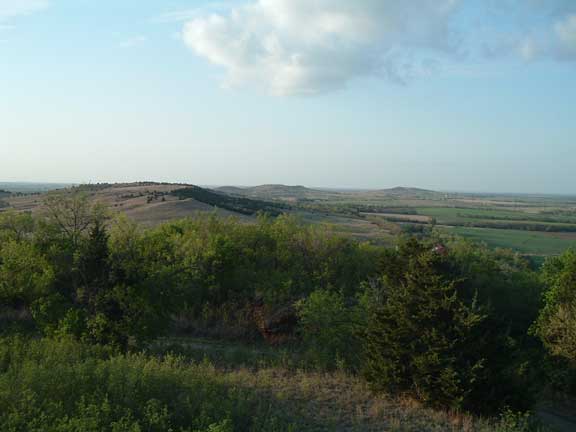
The Smoky Hills, looking north from Coronado Heights
(As we left Lindsborg to return home, we wondered if we had encountered a time warp. There beside the road and on the shoulder were the newly killed carcasses of several buffalo! Now Eleanor and I had heard about an accident north of town in which cattle had been struck by a vehicle and others were milling about. But these were definitely buffalo, and the live ones had evidently been dispatched by the troopers on the scene... So we can claim to have been present at the 2010 buffalo shoot; no doubt the first in at least a century!)
This visit to the Lindsborg, Kansas, area brought some things old and obscure, something very new and exciting, and yet another situation both old AND new. Here's the "obscure" story:
It was known that Free church founder, J.G. Princell's family moved early on from Princeton, Illinois, to Assaria, Kansas. It would be interesting to find if any trace remained. So, the first stop in this tour of the Smoky River valley was in the little town of Assaria. There was an old Augustana congregation there, and the Kansas Covenant history speaks of a Mission congregation there also. Just before leaving on the trip, some Kansas websites proved revealing: not only were the Gunnerson family gravesites listed in the Assaria Lutheran cemetery, but there were pictures. It was just a matter of finding them.
This would be a good place to repeat a summary of the life and career of J.G. Princell.
His Princeton, Illinois, Augustana pastor had seen in young John Gummerson (Gunnarson, ca 1860s) a bright and promising believer, one he endorsed to become a student for ministry. Readers may follow his course in the Chicago's Swedetown section concerning his early collaboration with Immanuel Lutheran's pastor, Erland Carlsson.
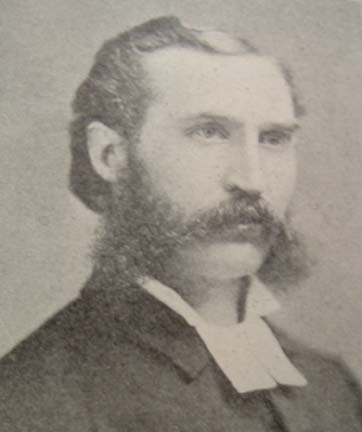
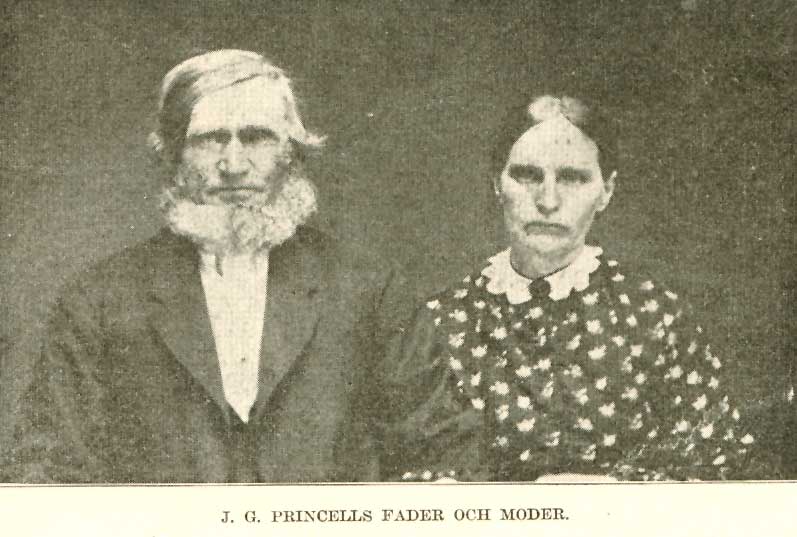
J.G. Princell, and his parents, Magnus and Maria Gunnerson
To read his biography, written by his talented wife, Josephine, herself an articulate leader, is to be utterly fascinated by a unique character. When he leaves Princeton to begin his career, he changes his name to Princell, after the hometown. A man who was enthralled by ideas and their expression, he exemplifies the image of the "professor", one who lives in a world slightly apart from the pragmatic leaders of churches and who often exasperated them. On the east coast, his insistence on regenerate membership causes irreconcilable differences with Augustana. His presidency of Ansgar College in Knoxville, Illinois, for the Ansgar Synod Mission Friends also comes to a bitter end for a variety of reasons.

The Gunnerson monument contains the same scripture as the Gronvalls of Wausa
Again without a job, he joins John Martenson at the Swedish newspaper, Chicago-Bladet. They seem to be in agreement that Waldenström is the key to the future for the Mission Friends in Sweden and America. And he is very newsworthy. They also have arrived at the near-utopian idea that the Mission Friends might lay aside their embryonic denominational parties: Augustana, Methodist, Baptist, Mission Synod and Ansgar Synod and be joined in one New Testament spirit of cooperation.
At this point of confluence between Waldenström in Sweden and Moody in America, they extend a call through the organ of Chicago-Bladet and other papers for a series of Mission meetings in which the nature of the church, and the prophetic light the Bible might shed on the end times would be discussed.
Within months, the formation of the Mission Covenant and Free Mission groups would result: Princell is considered by all to be the leading light in the founding of the latter group and would head its school for ministers till his death. Of him, one Lutheran historian reports, "he led the Mission Friends out of the Augustana Synod." (for much more see the material from David M. Gustafson linked to our Immigrant Churches page)
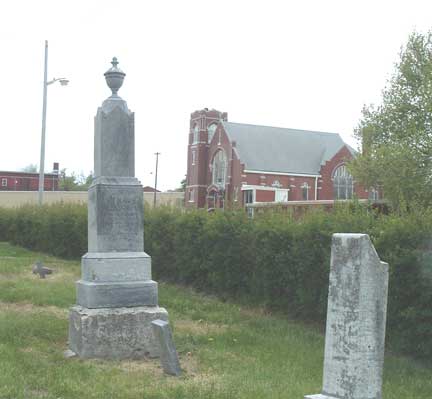
Princell's parents lie here, at Assaria Lutheran Church, Assaria, Kansas!
So it will come as a surprise to many that his parents and family lie on the peaceful plains of Kansas in the churchyard of an Augustana Lutheran church, a group which defrocked their proud son, the son who was a leading critic of Augustana! It must have made for interesting family reunions. Like Fredrik Franson of Saunders County, Nebraska, Princell himself is buried in Chicago. But their parents, and the mother of Skogsbergh, lie on the plains of Kansas and Nebraska.

The Old Mill Museum of Lindsborg: but don't stop on the first floor!
And now to reveal the "new and exciting"! Naturally a visit to the Old Mill Museum would be on the list of places to see in Lindsborg, especially on a rainy morning such as the one greeting our first full day there. The mill, the Swedish manor house, the wonderful immigration display all would have more than rewarded a visit, but the spectacular discovery was in the basement; home to The Swedish Heritage Project (see below)
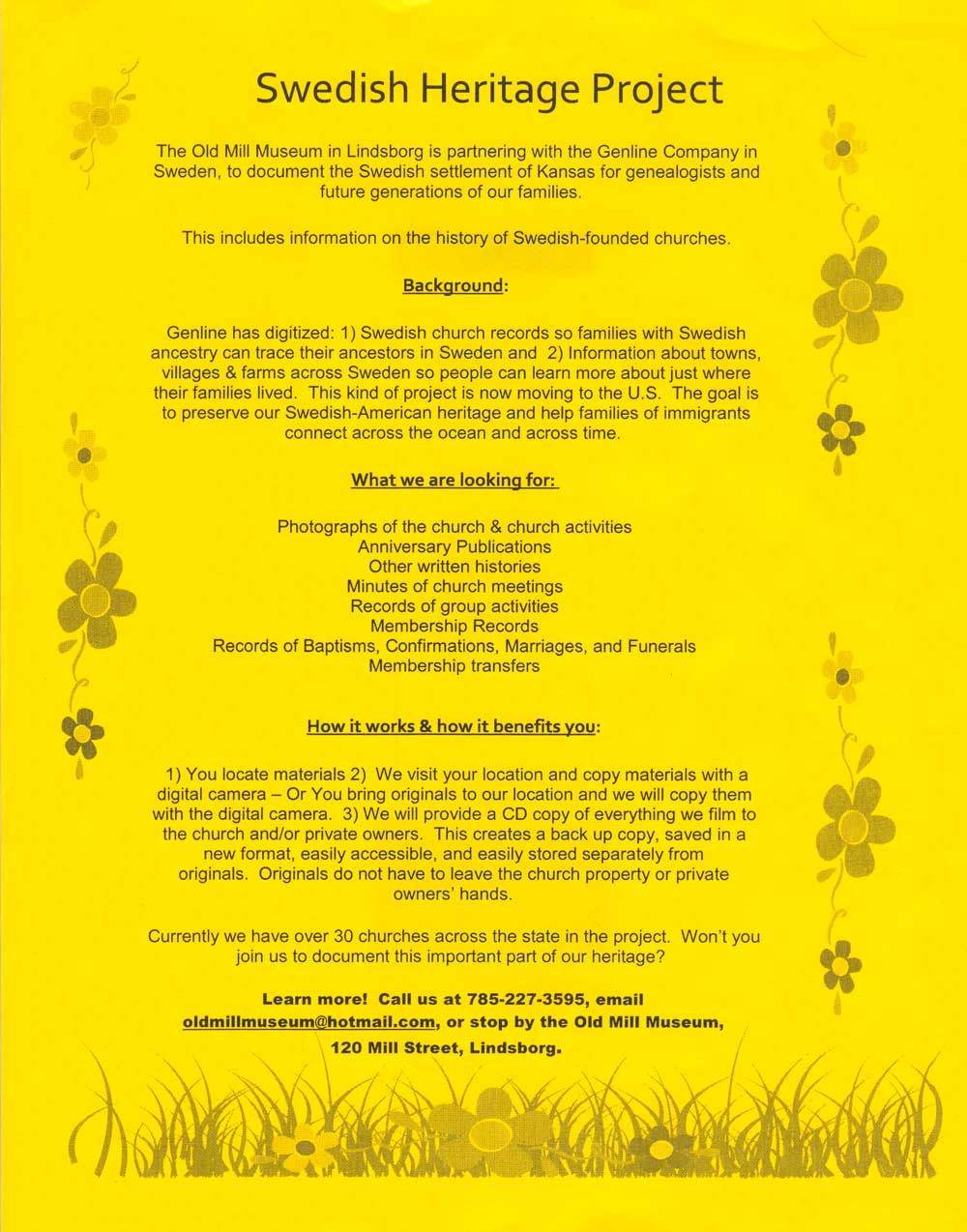
Here the warm hospitality of Lenora Lynam and her staff just blew us away! We would surely have interfered mightily with their work that day had she not placed in my hands the 1917 history book of the Kansas MissionsFörening, contemporary with our treasured Nebraska MissionsFörening book and one we had never before seen! That got us out of her hair! As the flier above indicates, the Genline people in Sweden have extended their marvelous project of placing Sweden's parish records...and they were official government records...online, but they now have undertaken to add the American Swedish immigrant church records there as well! When we ventured into Kansas it was with regret that we could never scour their immigrant churches as we have begun to do in Nebraska and Iowa. Now we are relieved...it is already being done, and we eagerly await the results! New and exciting indeed.
So there are the things "old and obscure" and "new and exciting." But for the "old AND new" let us wait a bit. It is time to provide a roadmap to the Smoky Valley available through the Augustana Heritage Association (see their website) in their book, "The Heritage of Augustana." The book is a compendium of essays including those presented at the Lindsborg gathering of this group. Since the formation of the ELCA and Augustana's earlier merger, those with roots in that Swedish wing of Lutheranism have preserved their cherished memories through this group. You may want to join.
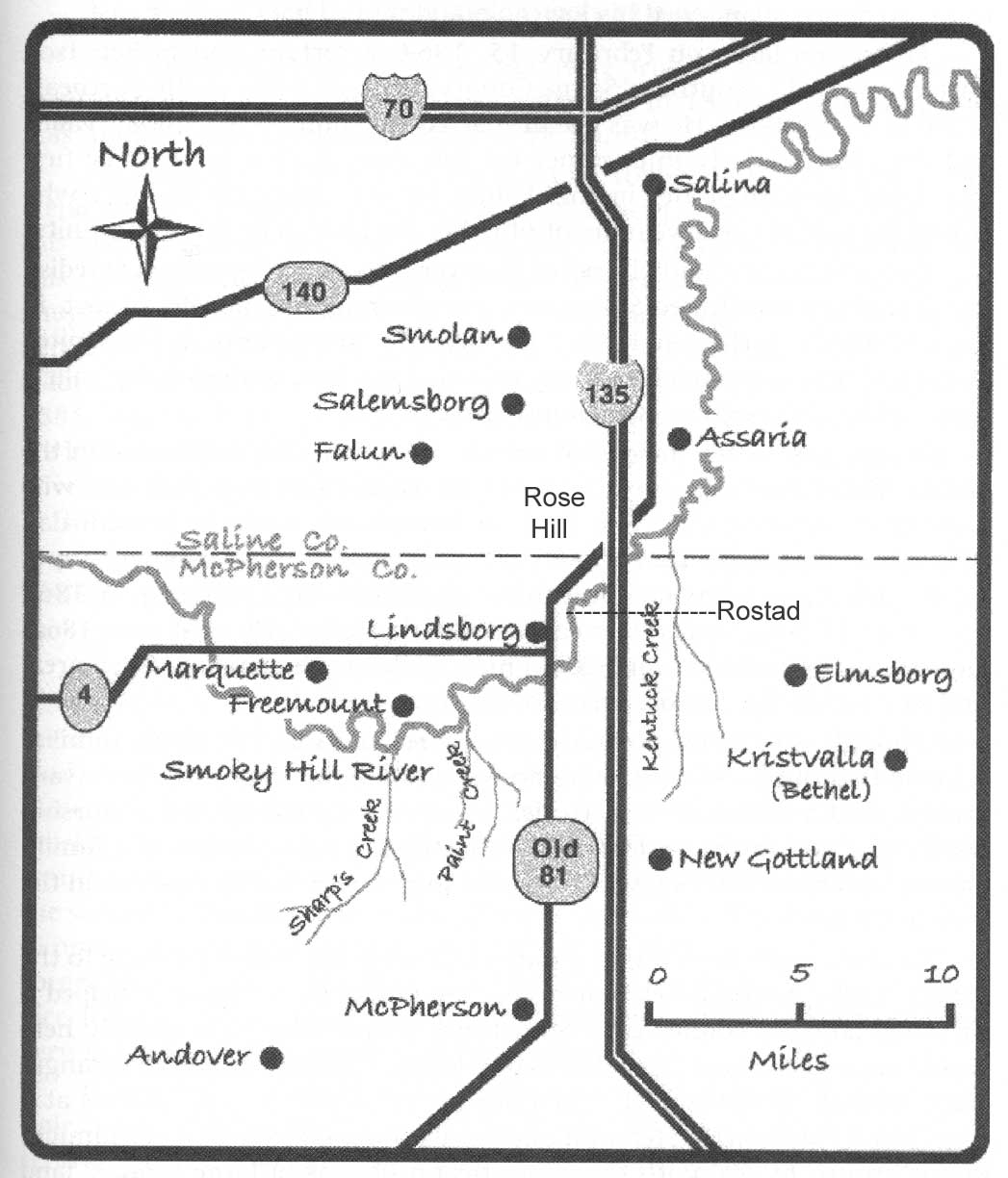
Of course, the host of this meeting was Bethany College, the pride of Kansas Swedes. Bethany historians such as Emory Lindquist ("Smoky Valley People", 1953) have provided a full chronicle of the immigrant church here. This photo essay intends only to provide the visual impact of seeing the sites themselves, along with an anecdote or two.
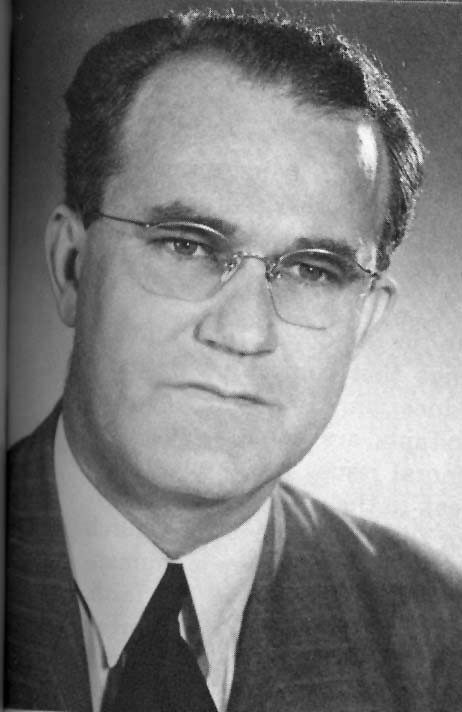
Emory Lindquist, native historian and President of Bethany College

Once a small village, no commercial intrusion has disturbed Freemount,
the oldest public building standing in Smoky Valley, and its successor
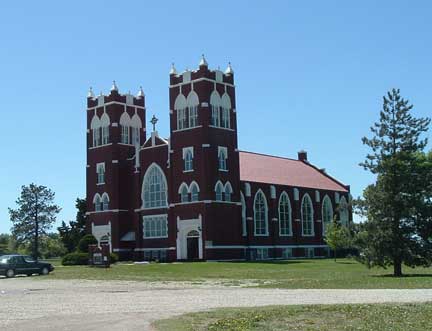
Salemsborg; citadel on the plains
It is visible from the interstate, particularly at night when the towers are illuminated. Pastor Dahlsten is buried here. A marker modestly claims "second oldest church" in the region, though in one account it was only earlier the same day that Freemount was organized.

First pastor of Freemount and Salemsborg: A.W. Dahlsten
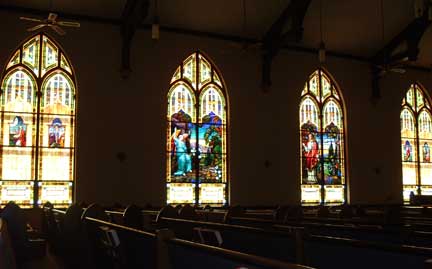
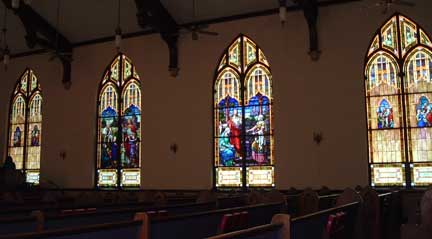
Fresh from a six figure restoration, Salemsborg's windows record the life of Christ
Nyvall visits these churches at Freemount and Salemsborg (in their earlier forms), but is particularly eager to reunite with old friends Olaf Olson and C.R. Carlson in Lindsborg. He describes Lindsborg, 1875, in this way:
Lindsborg is a small town, peopled mostly by Swedes, having a post office, blacksmith and carpentry shops, and two retail stores. When I first came to this place, I believe there were no more than ten houses and a church there, but during the time I was in America a few more houses were built and two churches. The first mentioned church belongs to the Augustana Synod; of the two latter, one belongs to the Mission Friends, the other to the Methodists, whose membership is very small. This town is very beautifully located by the Kansas River on a large level plain several square miles in area. It will undoubtedly become an important place if, as they hope, the railroad is extended to it."
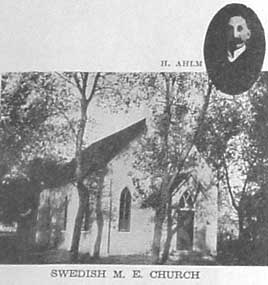

The Swedish Methodist church of Lindsborg, then and now
But unfortunately, his old friends Olson and Carlson have fallen out with one another over the "Waldenströmian issue." Nyvall is caught in the middle of this, since, "For the report had spread before my arrival that I was a Waldenströmian whom the friends in the Mission Synod had secured from Sweden..." This notorious story has been told and retold. We wish to note some less familiar impressions from Nyvall, while acknowledging that the divisions among the Swedes were early and severe in Lindsborg...and inherited from the homeland, a point Nyvall does not emphasize.
He despairs that the Americans are placing too much emphasis on church buildings and not enough on the inner life. This he acknowledges is generic to the new world in which voluntarism and private support must form the basis for the church, but senses something is lost.
It is not surprising either, of course, that the Swedes in Lindsborg, who previously held their worship services in a dugout covered with twigs and straw, now felt happy and grateful at finally having been able to finish their church building.
A little odd, too, was the way they spoke about their college (that would be Augustana, Rock Island at this point -ed) and the importance of education for preachers...
Another thing I disliked very much was the brazen begging of money for the college building. (an Augustana conference is being held at Lindsborg, which he attends -ed) Two pastors from Illinois were present as fund raising agents. Such a thing, which is common in America, was in itself of course nothing to be offended at, but the method they used seemed improper to me... I was told that in America one must do it that way; how Christian it is, is another matter.

Bethany Lutheran of Lindsborg has changed little;
it would hear much more college talk through the years !
There is irony in the fact that Nyvall's son, David, will someday briefly head a Mission Friend college in nearby McPherson! More on that later. But these candid observations from this very early period are priceless. The railroad did indeed come to Lindsborg. The growth continued at an explosive rate. More churches, more college buildings, and at last even the religious strife largely abated. This is a picture from the very early days, and the outlines of Smoky Valley's ultimate shape were already visible.
There were two land companies bringing Swedish immigrants to the Smoky Valley. The Galesburg group with pastor Dahlsten, and a Chicago-based group with pastor Olof Olson. Olson's group centered about Lindsborg though their very first Bethany church was in the country just north of town and near the "settlement house" where they first organized. T.N. Holmquist's book "Pioneer Cross" provides balance by highlighting the Dahlsten group since many histories gravitate toward the Olson-Lindsborg people.

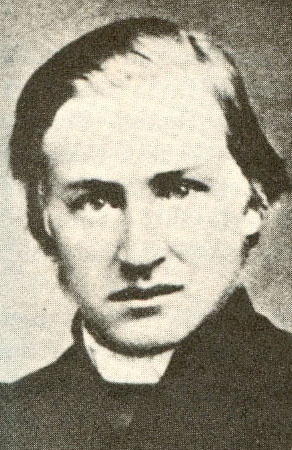

The Bethany churches in Lindsborg and a young Olof Olson; the steeple shape on the right remains discernable today
In an infamous chapter in Lindsborg Lutheran history, the Bethany founders favored strict regenerate membership. Even the constitution of the land company specified members must be "Christians." The congregation soon conformed to Augustana policy and the dissenters either changed their views or joined with the Mission congregation.

Lindsborg and Smoky Valley as seen from Coronado Heights
Though he was reportedly opposed to the Land Company initiatives at first, Chicago's pioneer pastor, Erland Carlsson, retired to an estate called "Rostad" which would be just to the left of the town as seen above. When he sold his Lincoln Avenue property and made this investment it caused some envy among his peers...each transaction would approach half a million in today's dollars. Rostad means "peaceful town."